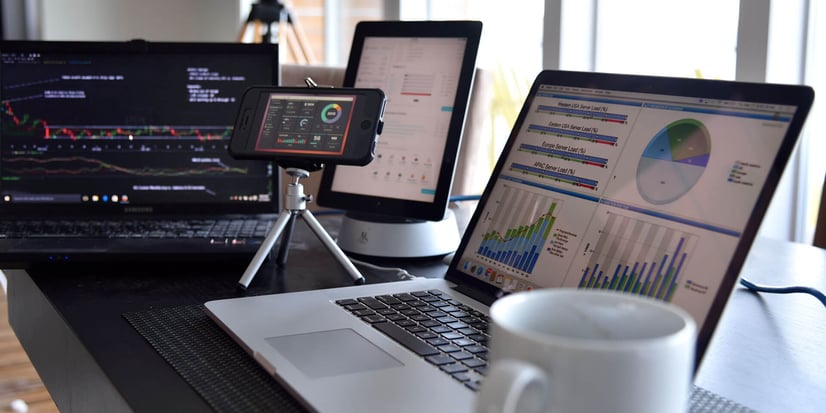
In the past few years, retailers have been presented with a challenge that is growing more common by the day: their customers are now coming from all directions. They are stepping into the brick-and-mortar store, they buy from the internet and, increasingly, they purchase through smart apps on their mobile devices. The multiple directions from which buyers are now approaching retailers represent a challenge, but also a new opportunity. Today, retailers can not only get to customers in different ways, but also reach many more people than ever before, for instance across borders. A retailer could target and sell to the whole world, if he were so inclined. This new retail world is filled with opportunity, but in order to catch them, retailers need to find an answer to new, pressing questions. Pricing, for example, has taken on more complex nuances than ever before. In today’s world, how should a retailer price products for maximum profitability?
Multiple strategies
Let’s take a look at the most common strategies. Keeping prices low may seem like an efficient approach, especially when it comes to attracting global business. It requires, however, large capitals to sustain the business, at least until the brand acquires a sufficient amount of customers. This strategy is however risky: unless retailers that are unable to build a large enough customer base, they may fall below their profitability line, and end up closing doors. What about high prices? The approach that sets items at the higher end can have its upsides. For example, by creating the feeling of an upscale store you may manage to attract a crowd of affluent customers. There are downsides too, though: what if your target group is too small? The crisis in sales of luxury goods shows that expensive products and an exclusive clientele do not guarantee high sales. If you are mostly selling through brick-and-mortar stores, your success will also be influenced by the physical location of your outlets. If your shop is located in a low-income or industrial area, you may have failed before you even open your doors. An important factor to take into consideration is how your competitors are pricing their items, especially if they are selling products equivalent or identical to yours. For retailers selling online, there’s an added level of complication. They need to think globally about pricing; a really complex task, as many factors are at play, including a very large number and variety of competitors.Thankfully, technology can help.
There are software solutions that can help retailers offer the right item at the right price. These programs can help you design an effective strategy taking various factors into consideration, including your target audience, location, time, sales goals, customers’ preferences and previous purchases. Amazon has made its fortune on appropriate pricing and product recommendations, and forward-thinking companies are now following suit. To be able to play this game, though, retailers need to have an intelligence system that provides them with both instant information and advanced tools to analyze the data that was collected.A new era for Business Intelligence
LS Retail has been working with Microsoft to create an advanced Business Intelligence (BI) tool that will enable retailers to take smarter, more profitable business decisions by fully exploiting their data. Whereas traditional BI gives retailers an analysis of what has happened in the business and why, modern BI and advanced analytics go much further: they use data to provide retailers with foresight, the ability to take effective and profitable decision for their business’s future. Leveraging the power of Azure Machine Learning, our BI software offers retailers the ability to quickly react to changes and offer personalized service at the till. By analyzing past transactions and trends, the system can help retailers offer relevant product recommendation to optimize upselling and cross-selling, and decide the appropriate price to sell more products. Although technology will increasingly become a fundamental ally when it comes to offering the right item at the ideal price, the final decision is always up to the retailer. Different business strategies and preferences will ultimately both set the tempo for the store and determine how well it attracts customers locally and globally. Even if technology can help increase reach and sales, business acumen will always be an essential prerequisite to success.
Featured eBook